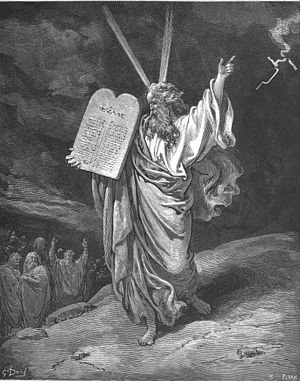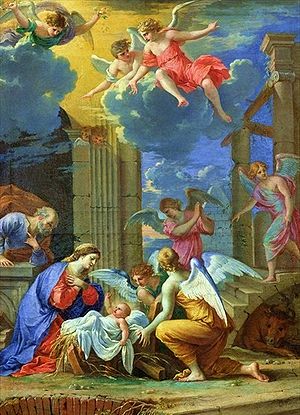6th August: expanded “the trial” comparison into “The face to face confrontation of secular and religious leaders“
Comparing other rabbinic midrash with the Gospels
In my previous post I covered Galit Hasan-Rokem’s comparisons of some early Christian and rabbinic midrash. In this post I comment on Hasan-Rokem’s discussions of other tales in the midrash of Lamentations Rabbah and draw my own comparisons with the Gospels.

The second rabbinic story of a Messiah discussed by Hasan-Rokem is one about the death of “King Messiah” Bar Kochba. Here the messiah is the villain. (Rabbinic sources subsequently referred to him as Bar Kozeba, Son of Lies.) I think there are a number of interesting plot and motif similarities here, just as there are between the messiah birth narratives of the Christian and rabbinic literature and that were detailed in the previous post. But what makes the overlaps interesting is considering an explanation for them through the constructs of anthropologist Claude Levi-Strauss. If this turns out to be an invalid process, invalidly applied, fair enough. But let’s see what it might possibly suggest till then.
The midrashic tale is found in full (and re-edited) in the last half of the post titled Birth and Death of the Messiah: Two Jewish Midrash Tales (and have since copied it again at the end of this post, too.)
First, the common elements. I can see about 20. Some are more “distinctly defining” attributes that signal a common idea than others: #10 and #17 are surely tell-tale (DNA-linking) ones. Continue reading “Messiahs, Midrash and Mythemes — more comparisons with the Gospels”

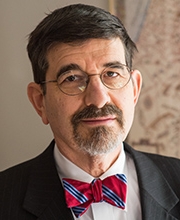


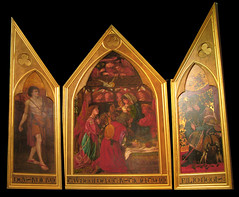
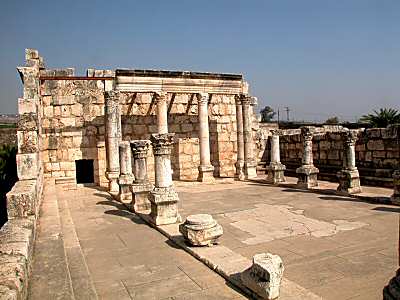


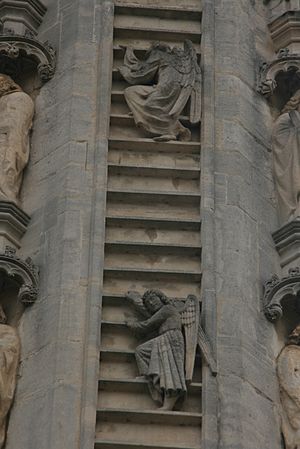
 April DeConick in
April DeConick in 